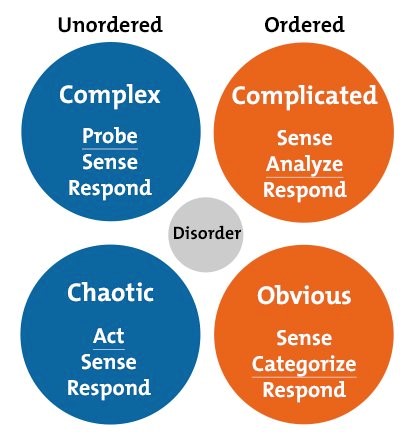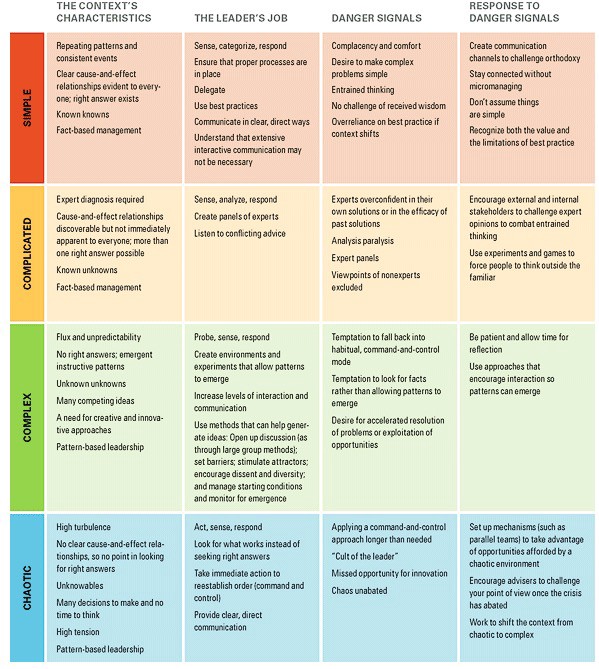
Courage is grace under pressure. -Ernest Hemmingway
Many businesses are contracting given the global situation we are all facing. I have been thinking around the clock about what I can do to help leaders expand their presence during this time in new ways that respect the public health restrictions and continue to fuel the economy in a hopeful direction.
My mother always loved Hemingway’s quote in a 1929 issue of the New Yorker Magazine and she often repeated the “grace under pressure” sentiment. At different stages growing up, I interpreted it to mean putting on a brave face, until now … I understand, in light of recent events, grace under pressure has nothing to do with faking it and everything to do with witnessing what is happening gracefully and leading others through the maze. But how?
First, many leaders must contract to be present for themselves and their families right now. As soon as leaders have their feet under them, many will be ready and willing to participate and make themselves available to respond to others. I have written a great deal about Emotional Intelligence. Become Better Leaders is a compilation of some articles to reference if you are in a place of contraction right now.
If you are in a position where contraction isn’t possible, or you are feeling more grounded and ready for expansion, I believe the following decision-making framework from Cynefin may give you a way to launch from witnessing global events to building relational resonance and support systems at an organizational level.
What is the Cynefin Framework:
This is a framework published in the Harvard Business Review in 2007 by David J. Snowden and Mary Boone. Cynefin, pronounced “ku-nev-in,” is a Welsh word that translates as “place” or “habitat.” However, it can also be used to describe the elements of a given situation and the place we are in as a response to a particular situation, sometimes unconsciously acting based on past learned behaviors.
This framework puts situations into five domains defined by cause-and-effect relationships that help people assess their situation with greater accuracy and therefore respond more appropriately. (Diagram and Brief Domain Descriptions adapted from Cognitive Edge).

This model can help leaders ensure that they don’t use the same decision-making or management approach in all situations. A leader’s response to a complex product development launch may look very different from an effective response in a crisis or emergency.
Let’s Take A Closer Look at the Five Domains
Obvious: “The Domain of Best Practice”
In “obvious” contexts, your options are clear and cause-and-effect relationships are apparent to everyone involved.
Complicated Contexts – “The Domain of Experts”
There may be many correct solutions in complicated contexts as there is a clear relationship between cause and effect. It is important to note, not everyone may see the relationship depending on-line of sight. Some may be only able to see symptoms of the problem and not know how to fix it.
Complex Contexts – “The Domain of Emergence”
In complex contexts, there is often a high level of unpredictability so patience and pattern hunting is the best way to encourage a solution to emerge versus insisting on a place of action.
Chaotic Contexts – “The Domain of Rapid Response”
In this context, there is no relationship between cause and effect so creating order and stability is paramount.
Decision in Multiple Contexts: A Leader’s Guide
Effective leaders learn to shift their decision-making styles to match changing business environments. Obvious, complicated, complex and chaotic contexts each call for different managerial responses. By correctly identifying the governing context, staying aware of danger signals, and avoiding inappropriate reactions, humans can lead effectively in a variety of situations.
How Can I Use this Framework NOW?
Think of a leadership decision you are facing right now and determine which domain is most fitting. By following the chart below, read what is suggested by Cynefin as your approach to leading others through this context. (note: obvious and simple are used interchangeably)

Once you have read what the model suggests, answer the following reflection questions:
How am I performing as a leader in relationship to the Leader’s Job framework recommendations for my situation?
What is one thing I can do more effectively today after assessing my situation and any evidence of danger signals?
You Are On Your Way!
At this point, leaders should feel some momentum as the framework starts to work and the light at the end of the tunnel brightens. As a nod to one of my mother’s favorite quotes, I will leave you with one of mine, penned perfectly by Robert Frost,
“The best way out is always through.”
May you stay healthy and well during this time of uncertainty and find the courage to allow this framework to fuel your expansion as a leader when you are ready. Momentum is good for our global immune system and for many leaders, it can be sparked from the safety of our own home. Are you ready?
For a worksheet for planning decision making steps for a particular context you are facing, please contact us. To enhance executive presence during this time and always, set up a free consultation to learn more about my coaching services.
Louise Carnachan says
Very thoughtful and useful article, Sheila! Thank you for helping leaders during this perilous time.
guidingleaders says
Thank you for your comment, Louise. I always appreciate your insights. I know informally or directly through your work you are helping all those you come into contact with each day. Stay well.
Joy Lubeck says
Always appreciate learning from you!
guidingleaders says
Thanks so much for taking the time to read and comment on this article Joy. I’m happy you appreciate learning!